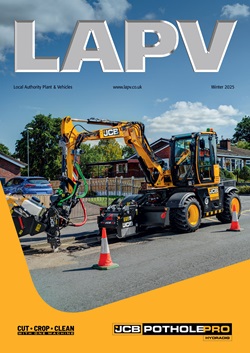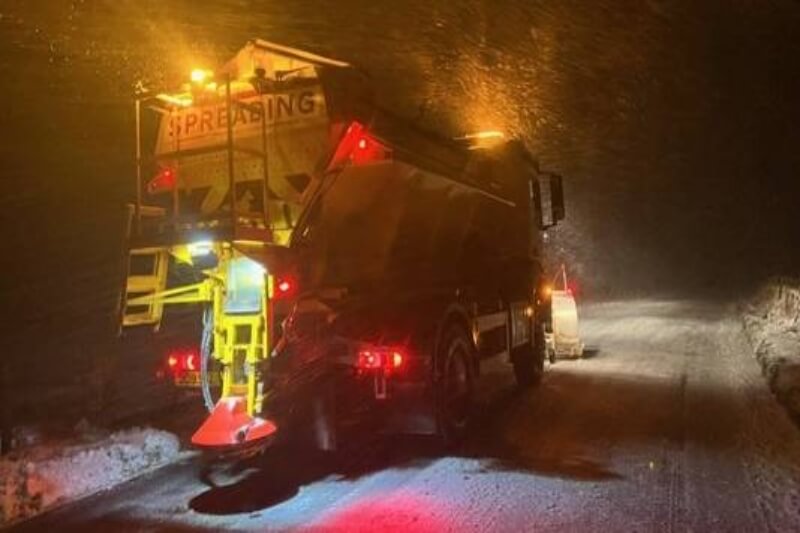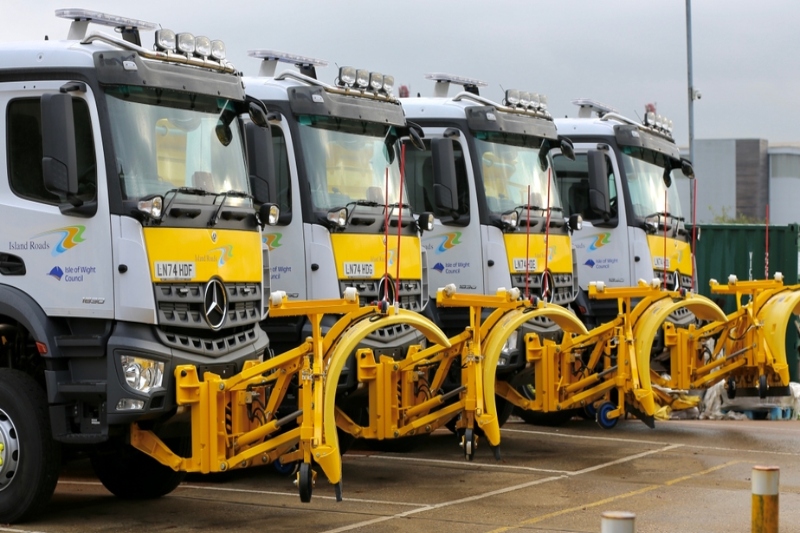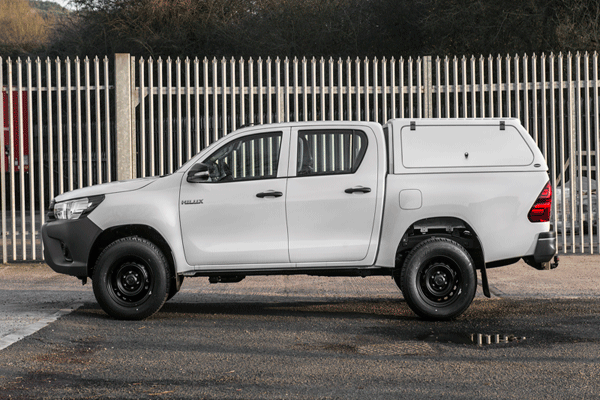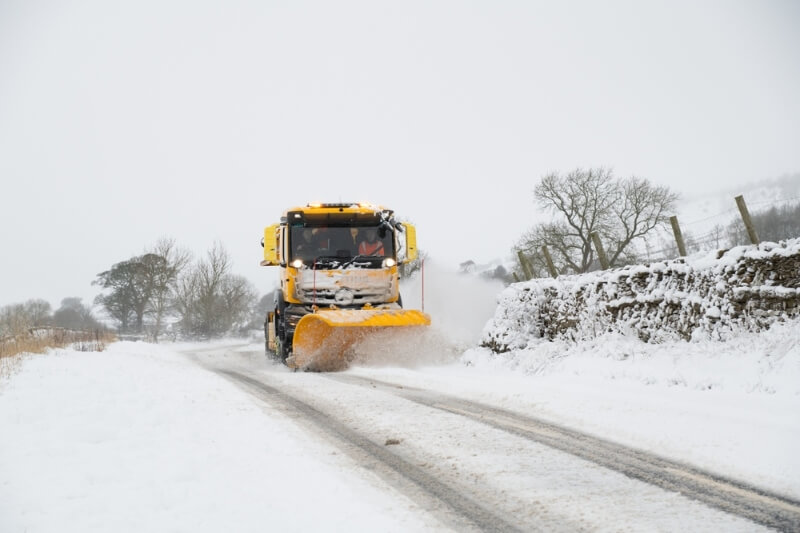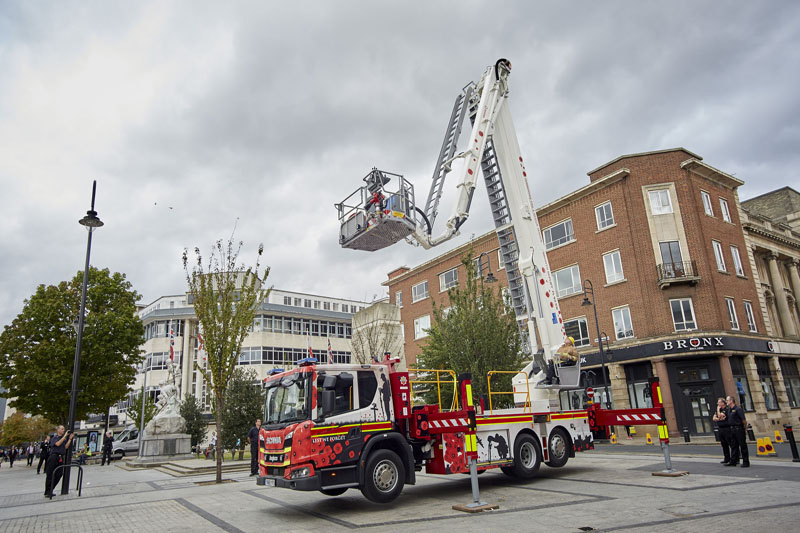'My local authority is in the process of installing in-cab tablets to all of our fleet but how many more attention-grabbing devices can our drivers handle?' asksPhil Clifford.
<
p>The devices are basically tablet computers that 'talk' to our back-office system and will be used to monitor our operations, handle duty changes in real-time and enable the drivers to report back on any problems such as access restrictions or bins not presented for collection at the touch of a button (screen). The system will also require the driver to use the device to confirm that they have carried out their statutory daily vehicle checks and enable them to send in defect reports instantly, by email, to the workshop team for action
These are exciting times and I for one am keen to see the systems fully installed and operational and can also envisage soon a process where daily defect reports are fed direct into my fleet management system guaranteeing that such defects can be dealt with in a timely and cost effective manner.
But, and there is always a 'but', this new technology has caused me to consider very carefully the specification of my new vehicles.
Consider for a moment the modern truck. They arrive fitted with six mirrors for the driver to use. We then specify fitment of a rear view camera which normally means fitting a separate monitor to the dash. If it is a refuse truck then the chances are that there will be another display unit which controls the operation of the refuse compaction body and bin lift. It is also becoming normal practice to have a four-camera CCTV recording system fitted which again comes with its own separate monitor.
You can see where we are going with this. The driver now has the six mirrors plus three monitors giving six additional visual images to keep an eye on in addition to having to constantly scan the horizon for all manner of pedestrians, cars and other vulnerable road users (cyclists to you and me).
Now, on the subject of vulnerable road users, we are led to believe that technology is the solution to the devastating accidents which occur when trucks turn left only to discover that a cyclist has crept up on the nearside in the blind spot that all trucks have.
I will be the first to say that we must resolve this issue and potential solutions are flooding into the market in the form of automatic alert systems, some very good, some arguably mediocre. But they all have one thing in common - they put yet another warning device in the domain of the driver, sometimes just audible, but sometimes visual. Such devices are very worthwhile but it is time, in my opinion, that they are incorporated into the build of trucks as a standard feature.
Back to my main point now, is it not time that all of the manufacturers of this type of equipment got together to establish a common interface (tablet device) which can be used to display all of the relevant information from these systems, at the appropriate time in the driver's duty cycle?
Reverse camera when reverse selected, cyclist alert system when indicating left turn at low speed, ability to review CCTV footage and make adjustments to the control of the refuse compaction body only when the vehicle is stationary and so on. The concept of just one display on a dashboard, giving the driver just one thing extra to check at the appropriate time is, I believe, something we should be working towards.
Until this idea is taken up, I have to rethink carefully the specification list for my next vehicles. The first thing I have changed is to delete the option for a separate monitor for the digital video recorder ' a screen showing four camera shots in real time is not something that the driver needs to be looking at. I will be talking to the equipment providers to also see if it is possible to feed reverse cameras and cyclist alert images into the in-cab devices currently being fitted. In my simple mind, as they are nothing more than rugged android tablet computers, it should be possible.
We expect our drivers to complete their duty safely and efficiently but seem to constantly give them something else to check as they manoeuvre in seemingly impossibly tight spaces on a daily basis.
And talking about things for drivers to keep an eye on, there's also the reversing assistant, isn't there?
Phil Clifford is the fleet manager for both Forest Heath District and St Edmundsbury Borough councils, operating under the joint brand of West Suffolk. His specialisms include: fleet procurement, use of vehicle telematics, development and use of fleet management software systems. He is a strong advocate of benchmarking and sharing best practice. He is the founder and board manager of the Public Authority Transport Network (PATN); member of the Freight Transport Association, East of England Freight Council, and committee member of the British Standards Institute working group B/508/01 (Waste containers and associated lifting devices on refuse collection vehicles).


